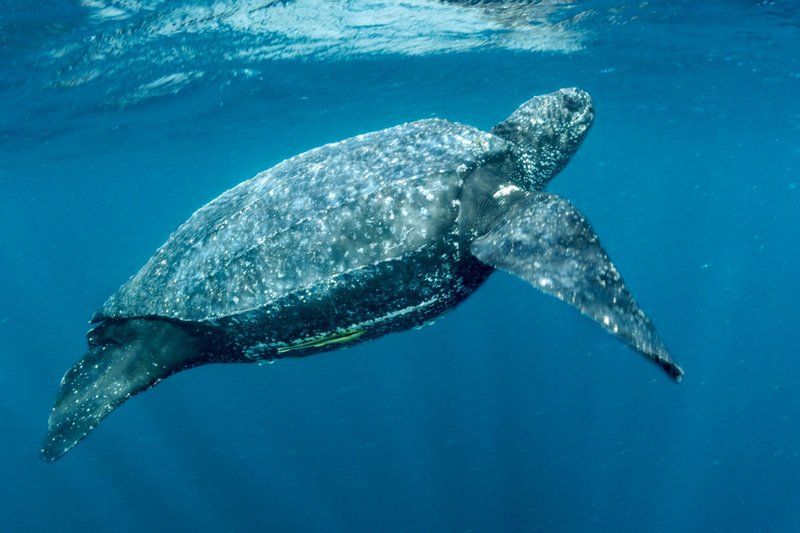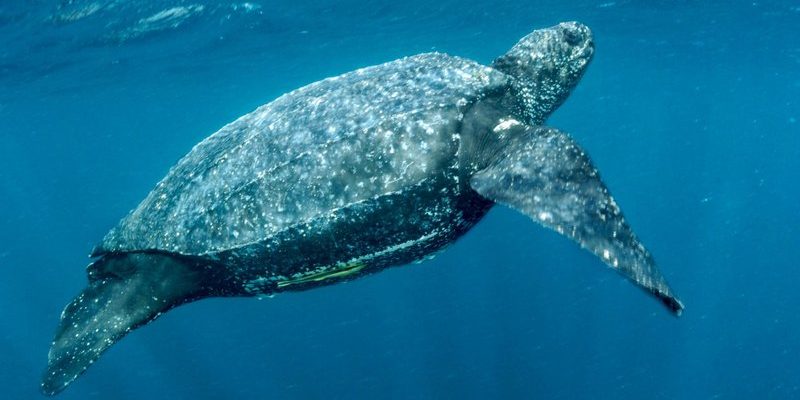
Understanding the plight of leatherback turtles is like peering into a vast ocean of challenges. From climate change to plastic pollution, these magnificent animals are caught in a whirlwind of human impact. Imagine a once-thriving world slowly fading away due to our actions. But don’t worry; there’s hope! Many organizations and individuals are rolling up their sleeves to make a difference. So, let’s embark on this journey to learn more about these turtles and how we can contribute to their survival.
What Makes Leatherback Turtles Unique?
Leatherback turtles are the largest species of sea turtles and can weigh up to 2,000 pounds! Unlike other turtles that have hard, bony shells, leatherbacks have a flexible, leathery shell that aids their incredible diving abilities. They can plunge more than a mile deep in search of jellyfish—their favorite snack.
These turtles are also known for their long migrations, traveling thousands of miles between feeding and nesting grounds. Imagine them swimming across entire oceans, guided by the stars and ocean currents. Unfortunately, their natural behaviors and habitats are under threat, making it crucial for us to understand their unique characteristics and the challenges they face.
Why Are Leatherback Turtles Endangered?
The endangerment of leatherback turtles can be traced back to several factors, both natural and human-made.
- Bycatch: Many leatherbacks get caught in fishing nets, which can lead to serious injuries or death.
- Litter and Pollution: Plastic waste in the ocean is a major danger as turtles often mistake it for food.
- Climate Change: Rising sea temperatures affect their nesting sites and food availability.
There’s also the issue of habitat destruction. Coastal development and pollution often damage the beaches where female turtles nest. Each of these factors adds another layer to their challenges. If we want to see leatherbacks thrive, we need to address these issues head-on.
Current Status of Leatherback Turtles
According to the International Union for Conservation of Nature (IUCN), leatherback turtles are classified as “vulnerable” globally, but some populations face a higher level of threat. For instance, the Pacific leatherback population has been classified as “critically endangered.” With numbers declining, it’s essential to track their populations and understand the reasons for their decline.
In the U.S., efforts have been made to protect nesting beaches and reduce bycatch in fisheries. However, the fight is far from over. You might be surprised to learn that despite these efforts, the actual numbers of nesting female leatherbacks are still low. Monitoring programs are crucial, as they provide valuable data about population trends and help guide conservation strategies.
Conservation Efforts: What’s Being Done?
Many organizations and governments are working tirelessly to save leatherback turtles. Here are some key efforts:
- Protected Areas: Many beaches where turtles nest are now protected from development and pollution.
- Fishing Regulations: Guidelines are in place to help reduce bycatch in fishing operations, ensuring the safety of these turtles.
- Public Awareness: Education campaigns are essential in informing the public about the threats to leatherbacks and what people can do to help.
One inspiring example is the work done by organizations like the Leatherback Trust, which focuses on research and education about these turtles. By collaborating with local communities, they’re making strides to create lasting change.
How You Can Help Leatherback Turtles
Feeling inspired to take action? There are plenty of ways you can help protect leatherback turtles. Here are some ideas:
- Reduce Plastic Use: One of the most impactful things you can do is minimize your use of single-use plastics. Switch to reusable bags and bottles whenever possible.
- Support Conservation Organizations: Donating to or volunteering with organizations focused on turtle conservation can make a big difference.
- Get Involved Locally: Participate in beach clean-ups and educate others about the importance of protecting marine life.
Every small action counts when it comes to ocean conservation. By raising awareness and taking steps to reduce human impact, we can help ensure a better future for leatherback turtles.
Future Directions for Conservation
Looking ahead, the future of leatherback turtles depends on our collective efforts. Continued research is crucial to adapt conservation strategies to the changing environment. For example, scientists are exploring ways to combat plastic pollution and develop technologies to reduce bycatch further.
Moreover, engaging local communities in conservation efforts is vital. When people understand the importance of preserving these turtles, they’re more likely to help protect their habitats. It’s about creating a culture of conservation that values wildlife and ecosystems.
Wrapping It Up
Leatherback turtles are truly remarkable creatures, and their survival is in our hands. While they face numerous challenges, the efforts of conservationists and supportive individuals can make a significant difference. By understanding the threats they face and taking action to mitigate them, we can help ensure that future generations will experience the wonder of these incredible sea turtles.
So, next time you think about leatherback turtles, remember that every effort counts. Whether it’s reducing plastic waste or spreading awareness, every little bit helps. Together, we can create a brighter future for these gentle giants.

